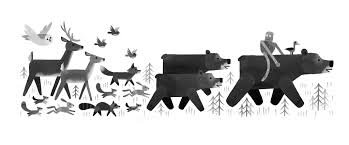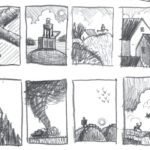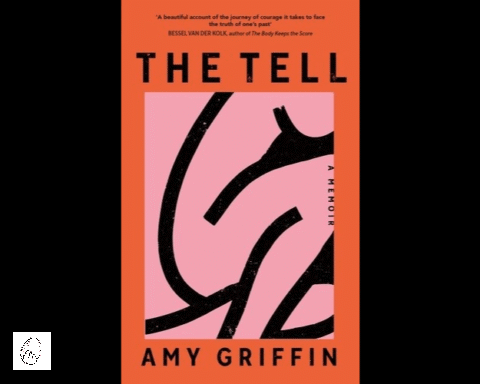Peter Brown’s modern fable on AI, beloning, and heart-mind balance – through the lens of Asimov’s sc-fi legacy.
I believe there’s little doubt that Asimov is the grandmaster of sci-fi. He was uniquely capable of projecting the patterns of give-and-take that govern our society with its pressing questions, into distant galaxies — only to then rethink them entirely.
Don’t be a sheep
He posed critical questions such as: what if we didn’t blindly follow our instinctive human reactions in every situation? He could effortlessly get the reader thinking about how society might be reshaped if we overrode humanity’s learned behaviors more often. Sci-fi truly proves to be a superb playground for this imaginative exploration, and Isaac Asimov was a major player.
Yet sci-fi isn’t just for adults — it very much belongs to the world of children as well. Spaceships, robots, and fantastical spatial events beyond our everyday reality are part of their world, too. I previously wrote about a delightful trilogy, beginning with the first volume of The Wild Robot, in which Peter Brown, the author, introduces us to the secrets of: belonging, the strength of the heart in moments of farewell, hope — the stubborn stickiness of connection despite differences — all through a series of thrilling adventures. He offers coherent links between events and emotional reactions — the kind we encounter daily in real life, and precisely because of that, they’re easy to walk right by. Easy to miss the heart. Easy to overlook what lies beneath.
Giving is good
And since December is the season of “wild” gifting, I thought I’d give a gift too: here comes the second part of the series.
They say it’s hard to outshine the success and quality of the “firsts” — and there’s truth to that. The second book in the trilogy, The Wild Robot Escapes, gave me the impression that the author may have rushed its creation. Up to a certain point, the adventures didn’t seem to offer the same level of development that the first volume delivered so enjoyably. I felt something missing in the rhythm of the events — though fortunately, it didn’t overshadow the essence: the underlying message of the story. Those key ideas that, in this era of artificial intelligence, resonate with us adults as well. Let’s not forget: Roz is a machine built on an AI system.
The Book
Peter Brown, while writing the second book, didn’t lose — perhaps — the most important thing: the will to teach. To tell stories. To offer learning through the adventures of our protagonist and her friends.

Once again, he succeeded in crafting thought-provoking tales about ethics and challenging our decision-making processes — all in a way that speaks to children. He wrote beautifully about the role of the heart in our choices, and how it can and should be combined with mind to guide us through real-life situations. About noble acts of help, even when a child’s heart resists that. About moments when the ego resists — but the mind knows and takes action. He portrays all that, in a child-friendly, modern tone — the moment when the mind grasps the importance of belonging, and the abyss left by its absence.

Through Roz’s stories, we may be confronted with the fear of the new — the kind that stands right at the threshold of our society.
I’m placing a storybook in your hands that fits our modern era. Though I felt a lack of rhythm at the start, a sense of rushing — Peter Brown still came through and delivered. Delivered something timely, something new: a story. A deep and modern fable, one I would read aloud to both kids and adults. Especially now, during the winter holidays — or perhaps even more so. In the spirit of connection: heart and mind.














